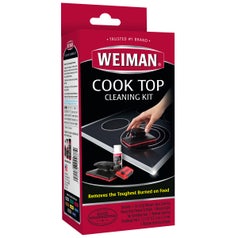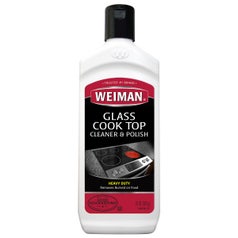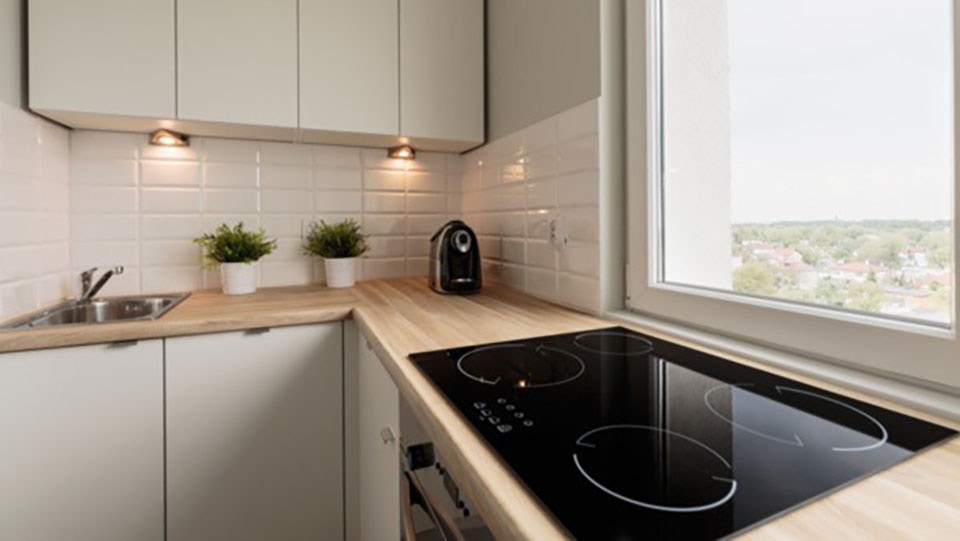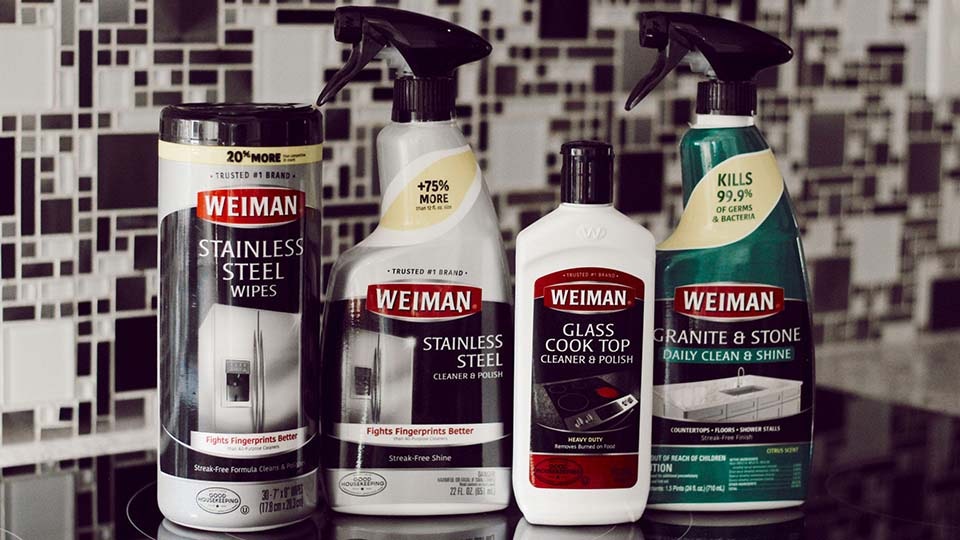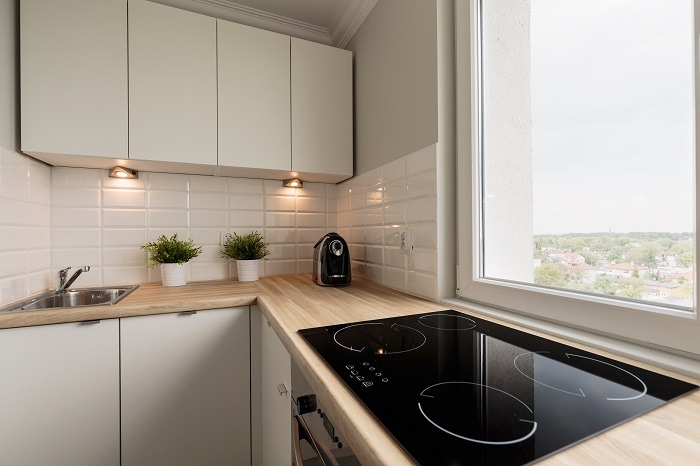The kitchen might be the heart of your home, but it’s the stovetop that brings your senses to life. From amazing aromas to delicious flavors, most of your favorite kitchen creations start on the stovetop and end in your belly.
But that doesn’t mean cooktops are one-size fits all. From glass and ceramic stovetops to induction and electric cooktops, we’re here to show you the pros and cons of each style.
INDUCTION COOKTOP
Need an introduction to induction? Our pleasure. Induction cooktops are a type of electric stovetop that uses electromagnetic coils beneath a ceramic-glass surface. It transfers energy straight into metal objects, cooking faster, safer and with better energy efficiency than other stovetops.
However, unlike electric cooktops, induction cooktops require induction-ready cookware. That means stainless steel, cast iron and enameled cast iron pots and pans are the go-to choices for induction.
Standard aluminum, copper or glass cookware won’t work with an induction stovetop unless the bottom layer has magnetic properties. Typically, if a magnet sticks to the bottom of your cookware, you can use it for induction cooking. For an easy way to keep this cooktop clean, we recommend using Weiman Glass Cooktop Heavy Duty Cleaner & Polish. It offers a scratch-free formula and can remove burned-on food, grease and grime.
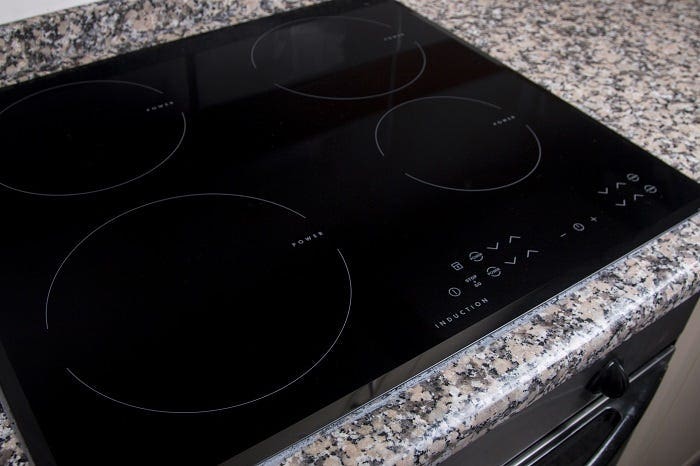

ELECTRIC STOVETOP
Better at maintaining a low heat, electric stovetops use coils to heat the cooktop surface. When turned on, this triggers electricity to flow into the wires. Electric stovetops conduct most of the energy directly into the pot or pan, whereas a gas flame radiates heat it into the air.
Electric stovetops can be a great choice for homebuilders on a budget, as electric is often cheaper than a gas stovetop. Yet there are some cons, including finicky heat controls, as you can’t see the flame and adjust accordingly as you would on a gas stovetop.
Flat-bottom cookware is best for electric cooktops due to the even heat distribution. Stainless steel, cast iron, copper and aluminum cookware work well with electric stoves.
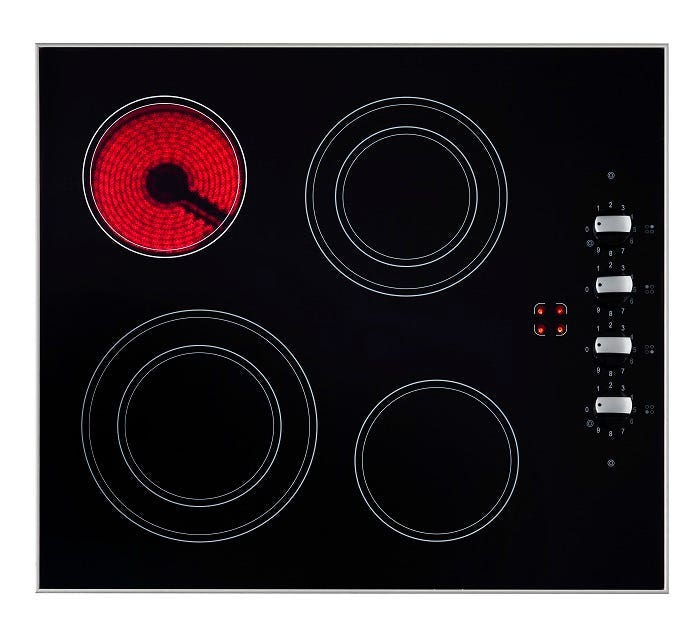

GLASS AND CERAMIC STOVETOPS
Popular in homes for their sleek and modern look, glass-ceramic cooktops use infrared halogen lamps or radiant heating coils to provide heat. This allows the cooktop surface to heat up, but it keeps the adjacent surface cool due to limited heat conduction from the materials. These cooktops are super easy to clean, and we highly recommend Weiman’s Glass Cooktop Cleaning Kit to keep your stovetop looking immaculate. However, users need to be careful when cleaning their stovetop after a meal. Your glass or ceramic cooktop might still be sizzling even after the redness of the heating elements disappear.
Is there a difference between glass and ceramic stovetops? Not really. While they might be called by various brand names, flat stovetops are made of a glass and ceramic blend — not just all-glass or all-ceramic.
The best kind of cookware for these stovetops include stainless steel, titanium, aluminum and copper-bottomed pans. Be wary of using painted or enamel pots because they could potentially stick and melt to the stovetop if they boil dry.
LET’S GET COOKING
What’s your preferred stovetop? There’s no wrong answer. And with the right products, you can keep your cooktop looking great for years to come. Weiman Products are specifically formulated to remove even the toughest, burned-on food without streaks or scratches. So go ahead and experiment in the kitchen. It’s OK to get messy. Weiman has your back.


















